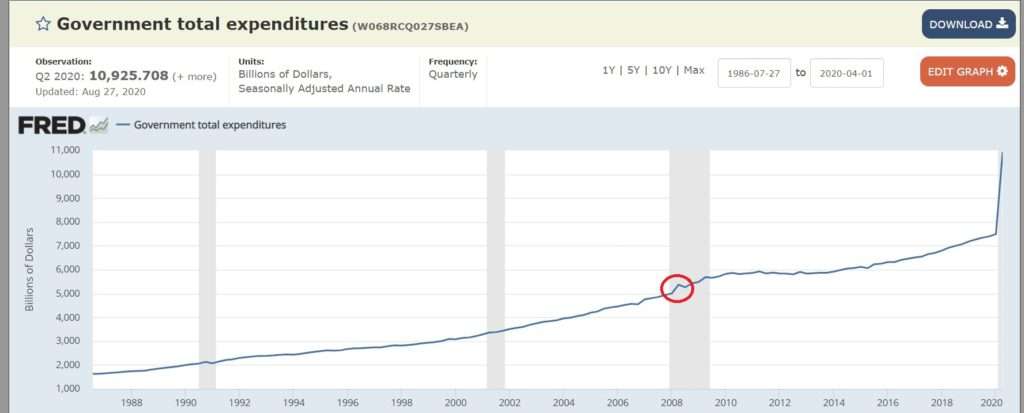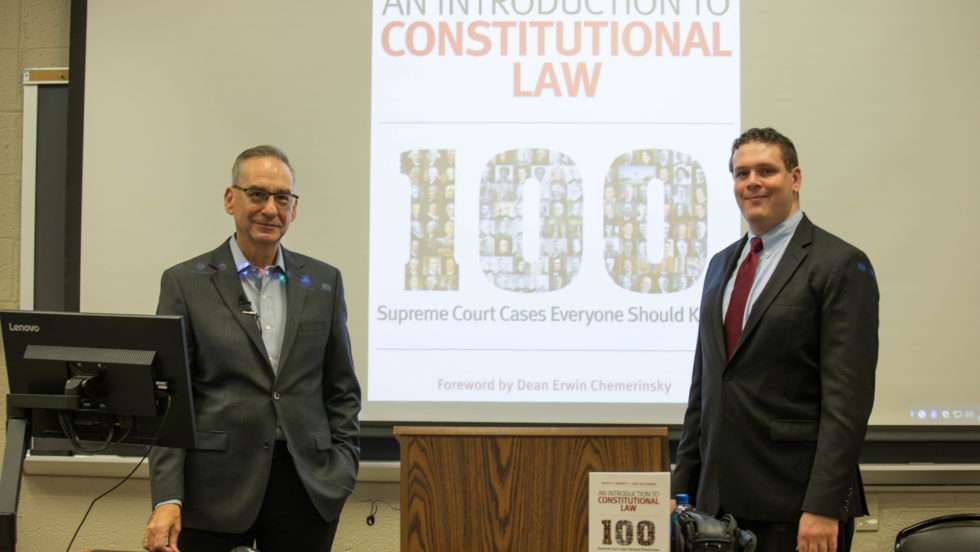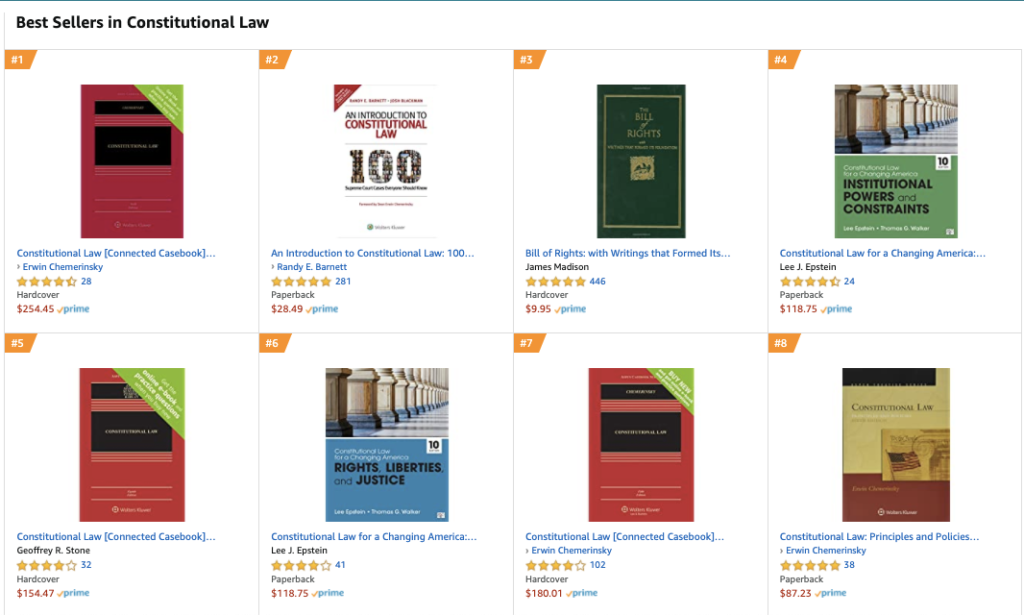
The 2020 presidential election is shaping up to be a choice between a man who wants to spend America further into oblivion to solve a problem that money can’t fix, and a man who believes being president gives him license to regulate the personal behaviors of more than 330 million people (and also wants to spend America into oblivion).
In the first corner is President Donald Trump, who is now trying to paper over his administration’s many, many early mistakes in handling the coronavirus by running the federal printing press at warp speed.
Trump on Wednesday agreed with Speaker of the House Rep. Nancy Pelosi (D-Calif.) that more stimulus spending is necessary. In May, Pelosi’s House passed a $3 trillion coronavirus stimulus bill—that’s $3 trillion on top of about $4 trillion in emergency coronavirus spending already authorized, some of which remains unspent—but the Republican-controlled Senate has refused to pass it. Citing concerns about the size of the deficit, Senate Republicans have pushed for a smaller package that would cost about $500 billion.
Trump left no doubt where he stood on Wednesday.
“I like the larger amount,” he said from the podium in the White House briefing room yesterday evening. “Some of the Republicans disagree, but I think I can convince them to go along with that.”
Over 13 million Americans remain out of work in large part due to the pandemic. There may be a good argument for a limited federal response that helps those most hurt by the pandemic and by mandatory shutdowns. Another round of business-focused aid might be necessary as the crisis drags on. But the “higher number” that Trump prefers in the House-passed stimulus bill is a mess of special interest handouts and unnecessary aid to states that shouldn’t be looking to the deeply indebted federal government for help in the first place.
It is difficult to comprehend just how much money the federal government has already spent because of the COVID-19 pandemic. Here’s a useful illustration—compare the total government spending during this year to the 2009 stimulus, which looks like a tiny bump in comparison:

Continuing to spend like this is beyond reckless.
Meanwhile, Trump’s opponent in November’s election also made coronavirus-related news yesterday—but not in a good way.
During a news conference in Delaware, former vice president Joe Biden said he believed the president has the authority to issue a national mandate requiring the wearing of face masks in public. “Our legal team thinks I can do that, based upon the degree to which there’s a crisis in those states, and how bad things are for the country,” Biden said, according to CBS News.
Biden has been beating the “mask mandate” drum since the Democratic National Convention but has not been forthcoming about the details of that plan, like how his administration would enforce such a rule.
Wednesday’s remarks, however, suggest that Biden’s team is actually building a legal case for having a president require that individuals dress in a certain way. That’s beyond ridiculous, of course, and seems likely to be unconstitutional.
Should all Americans wear masks when they are unable to socially distance during the pandemic? Yes. Should the president be ordering this behavior? Absolutely not.
As Elizabeth Nolan Brown wrote last month, the biggest problem with a national mask mandate is that someone has to enforce it. “That means either turning federal agents to the task of monitoring mask-wearing or giving more funds to state and local police departments so they can do so,” she argued. “No matter how it’s accomplished, there’s no way that doesn’t lead to more spending on law enforcement, more government surveillance, and more contact between cops and communities that are already overpoliced—all at a moment when millions of Americans are demanding just the opposite of that.”
Oh, and Biden also supports the passage of the House’s $3 trillion stimulus package—part of roughly $11 trillion in new spending that Biden’s campaign is proposing to pay for with about $3 trillion in new taxes. You can do that math on that one by yourself.
What neither Trump nor Biden has figured out yet is that it is impossible to stimulate your way out of an economic crisis that’s been created by people being unwilling or unable to spend money. When the federal printing press churned out $1,200 checks for every American at the start of the pandemic, personal savings rates shot through the roof. There are some people who might need additional help to get through this crisis, but throwing money at the rest of us—to say nothing of bailing out the postal service and the Kennedy Center—makes no sense.
The mask mandate has a similar problem. It is impossible to enforce, so the only realistic option is to convince Americans to voluntarily wear masks—which is something you can do without a mandate. The president, like all other government officials, should encourage the wearing of masks and endeavor to provide accurate, timely information to all people so they can make their own risk assessments. That’s all. Just please do that one thing.
It is a near certainty that either Trump or Biden will be elected president less than two months from now. It is also a near certainty, regardless of who wins, that federal spending will continue to rise and that presidential power will continue to metastasize.
There might be good reasons to vote for either Biden or Trump—and there are plenty of reasons to vote against both, as the new issue of Reason explores—but when it comes to their plans for the next stage of dealing with this pandemic, neither man deserves our confidence.
from Latest – Reason.com https://ift.tt/32Fo9Uc
via IFTTT






